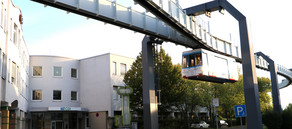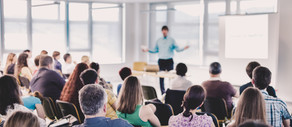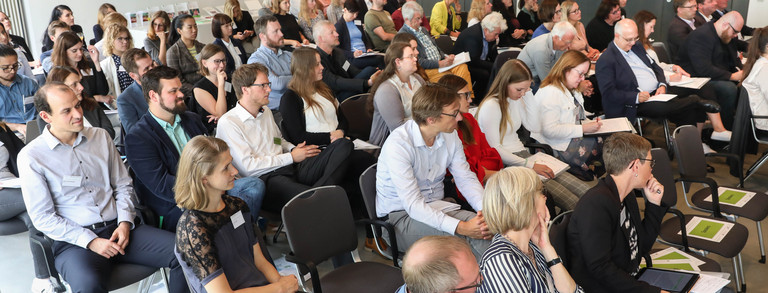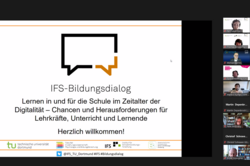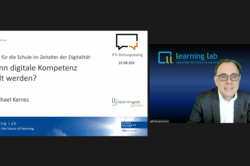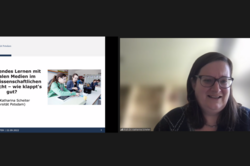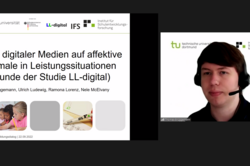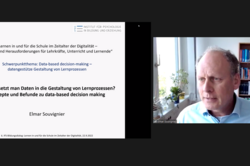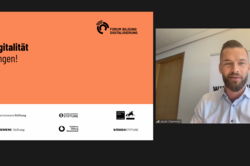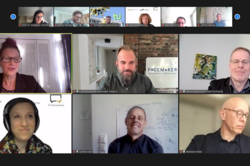6th IFS-Education Dialogue „Learning in and for School in the Age of Digitality – Opportunities and Challenges for Teachers, Classes and Learners“
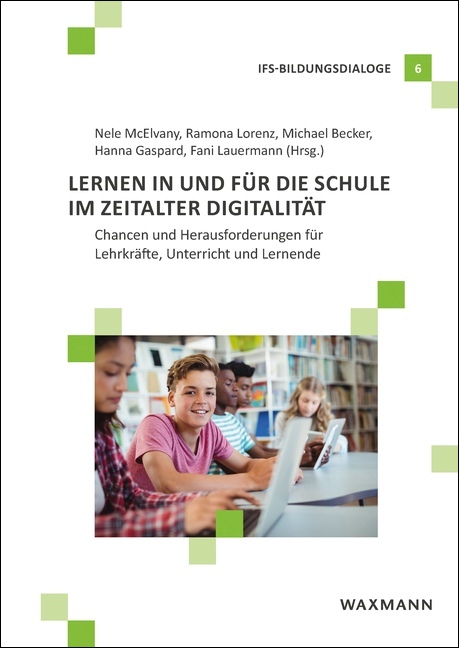
An edited volume will be published for the conference, more information can be found here.
Program
| Time | Program |
|---|---|
| 10:30 | GREETINGProf. Dr. Nele McElvany (Executive Director of the IFS)Prof. Dr. Norbert Zmyj (Prodean Structure and Finances Faculty of Education, Psychology and Educational Research) |
| 10:50 | OVERVIEW LECTURE Learning in and for school in the age of digitality: (How) Can digital literacy be taught?Prof. Dr. Michael Kerres (University Duisburg-Essen)Plenary discussion |
| 11:35 | FOCUS TOPIC Learning situation with digital media in schoolResearch-based learning with digital media in science lessons – how does it work well?Prof. Dr. Katharina Scheiter (University Potsdam) Learning in and for school in the age of digital – a look at everyday school life Christof Schraven (Principal Gemeinschaftsgrundschule am Weyer) Plenary discussion |
| 12:30 | Lunch break |
| 13:30 | FOCUS TOPIC Performance/testing situation with digital mediaEffects of digital media on affective characteristics in performance situations (findings of the LL-digital study)Thomas Brüggemann (IFS, TU Dortmund University) Digital diagnostics with LeOniE.SH – wish vs. reality Nadja Einhaus (Institute for Quality Development at Schools Schleswig-Holstein) Plenary discussion |
| 14:25 | FOCUS TOPIC Data-based decision-making – datengestützte Gestaltung von LernprozessenHow to translate data into the design of learning processes? Concepts and findings on data-based decision makingProf. Dr. Elmar Souvignier (Professor for Diagnostics and Evaluation in the School Context at the WWU) Learning curve diagnostics and differentiated support – insights into the practice of an elementary school Moritz Uibel (Deputy Headmaster of the Buntentorsteinweg Primary School) Plenary discussion |
| 15:20 | Coffee break |
| 15:40 | INPUT LECTURE School in the digital age – this is how it can succeed!Jacob Chammon (Board of Directors Forum Bildung Digitalisierung)Plenary discussion |
| 16:10 | PANEL DISCUSSIONKolja Brandtstedt (Pacemaker Initiative)Martin Depenbrock (Head of Digitalization, "Masterplan Digitale Bildung" of the City of Dortmund) Prof. Dr. Fani Lauermann (IFS, TU Dortmund University) Wolfram Otto (Comprehensive School Management Evangelisches Schulzentrum Martinschule Greifswald) Dr. Ekkehard Winter (Managing Director Deutsche Telekom Foundation) |
| 16:55 | CONCLUSION AND FAREWELL |


